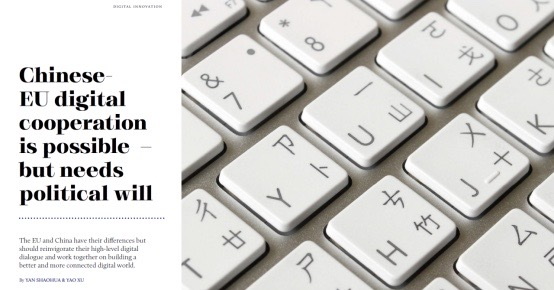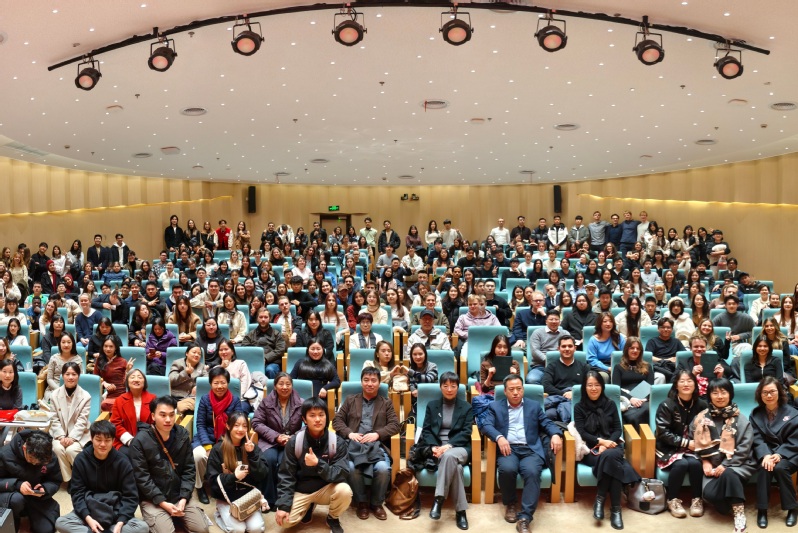
As other countries step up their efforts to promote digital innovation and rule-making, China has put forward the Digital Silk Road (DSR) as an integral part of the Belt and Road Initiative (BRI), in a bid to try to improve digital infrastructure and narrow the digital gaps in countries which are part of the BRI.
While the digital world is widely-perceived to be dominated by the US and China, the EU is also seen by China as a global digital power with unique advantages. The EU’s pursuit of “digital sovereignty” means more competition for China but it also presents opportunities for cooperation in areas where there are complementarities between China and the EU.
To tap the potential for cooperation, China and the EU have established a high-level digital dialogue, which provides a valuable platform for discussions between Brussels and Beijing on their respective approaches to digital transformation.
Despite the differences between China and the EU when it comes to terms like reciprocity, fairness and values, digitalisation remains one of the most promising areas for bilateral cooperation. It is thus necessary to identify priorities and new channels to move China-EU digital cooperation to the next level.
Digital innovation stands out as an area where China-EU cooperation could bring benefits to both sides. It is not only closely-related to investment in — and research of — a specific field, but also has a huge influence on the related high-tech industrial chains.
For instance, Volkswagen recently announced a €2.4bn investment to take a 60 percent stake in a joint venture with Horizon Robotics, a Chinese startup specializing in automatic driving and AI. Incorporating the technologies of AI, deep-learning and perception-control, automatic driving represents a future trend of the automobile industry and provides a broad stage for China-EU cooperation in digital innovation.
Digital cooperation is also changing business models and market perceptions in China and Europe as online fashion houses expand their business. Meanwhile, New Energy Vehicles (NEV) play a central role in both digitalisation and decarbonisation that have topped the agenda in China and Europe over the past few years.
Despite growing competition, there has been excellent cooperation on NEV between China and the EU. China is now the world’s largest NEV market, accounting for more than 60 percent of global sales volume. For European NEV companies and the related industrial chains, the Chinese market is key to their expansion. During the past decades, Chinese-EU cooperation in the automobile industry is largely a story of success, and this story should be continued in NEV industry.
There is also room for cooperation on digital rules and regulations. The EU is a leader in trans-border data flows and data protection. The GDPR adopted by the EU in 2016 has set a series of global standards for trans-border data flows, which also provide an example for China in creating and updating its regulatory frameworks in the digital world. Cooperation in digital rules and regulations would greatly benefit Chinese and Europe digital companies by connecting resources and markets on both sides.
In regulating cutting-edge technologies like AI, China and the EU face common challenges: of striking the right balance between civil rights, socio-economic development and national security. It is important that China and the EU could jointly develop the best practice in this regard.
The digital economy will continue to be a driver for global economic recovery and growth. It is therefore the right time for China and the EU to restart the next round of their recently-launched digital dialogue in order to open new avenues for cooperation. The EU and China have their differences but should work together on building a better and more connected digital world.
Authors: YAN Shaohua, Associate Fellow, Center for China-Europe Relations, Institute of International Studies, Fudan University & YAO Xu, Associate Researcher, Fudan Development Institute




